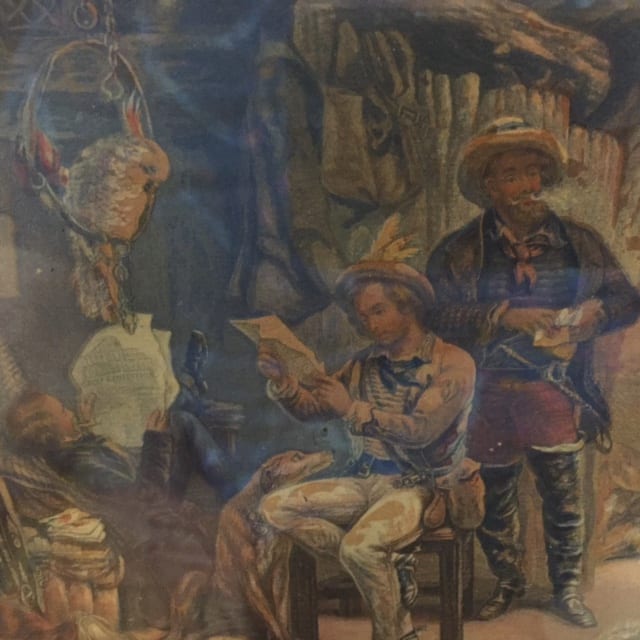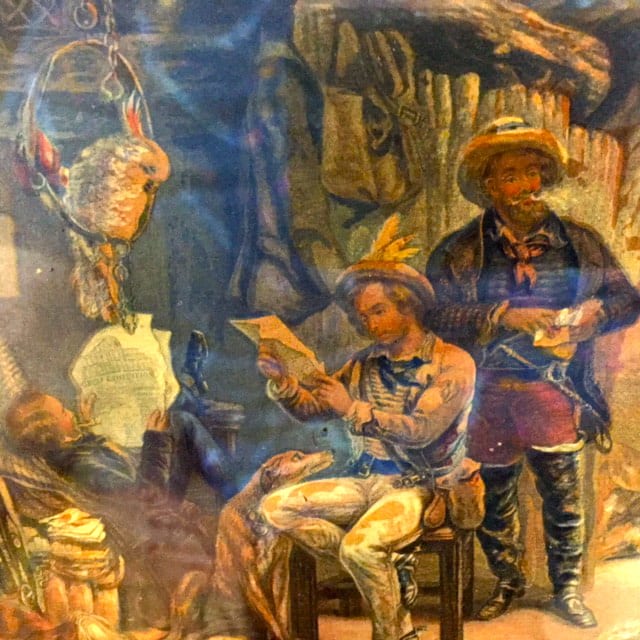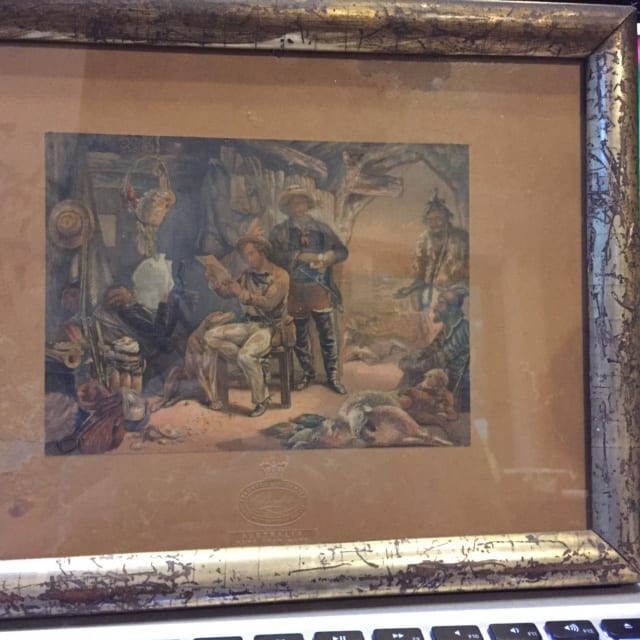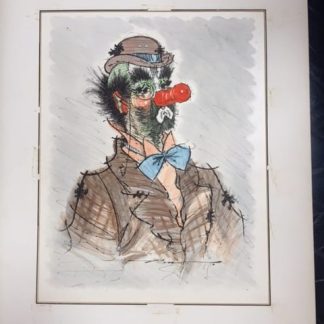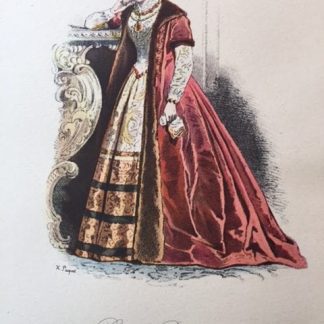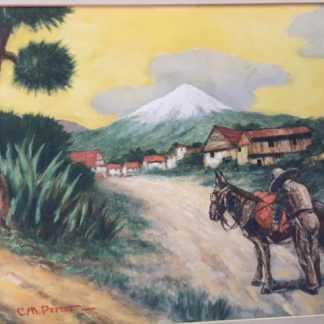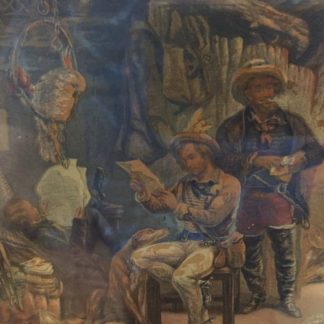Description
An historical George Baxter Print from 1853
Measures 8 1/2″ x 11″ with the purposely distressed gold tinted frame. Interior dimensions 7″ x 9 1/2″ including embossed G. Baxter seal and print name. Image itself measures 4 1/4″ x 6″ Buyer pays for shipping. Ready to hang.
Please note it’s hard to take pictures through the glass without shadows and reflections. Shadows can easily appear as discoloration. If you have an interest I will gladly take further pictures. Print condition is excellent. There is some wear on the toned mat.
I have “enhanced” this picture so that you can see more detail.
“George Baxter (1804–1867) was an English artist and printer based in London. He is credited with the invention of commercially viable color printing. Following printing of the key plate, relief blocks were prepared, usually from wood but also from zinc or copper, using impressions of the key plate to create the blocks. Usually one block was prepared for each color, although sometimes two or more colors or tints were included on the same block, requiring hand inking of each individual area. Each color was applied and allowed to dry before adding the next color. It is thought that Baxter usually started printing with a blue tint and then progressed through the other colors in a predetermined order – all blocks were numbered sequentially and labeled with the color to be used. Sometimes up to 24 separate colors were used, although ten could be considered an average number. Baxter achieved his precise registration by fixing the print over a number of spikes, over which the blocks would also fit.
Baxter is thought to have used hand coloring for finishing touches on occasion – for example, “… extra touches of red on the mouths, high white lights upon jewels …”. It is also believed Baxter occasionally applied glaze via an additional printing step all over the image, composed of his usual varnish with a ‘hard drier’ added to make it insoluble in water. More often, however, it is thought that Baxter glazed areas of the print selectively by hand using a glaze composed of gum arabic, egg white and Castile soap.”
All print and paper items naturally absorb moisture and also acid – from the air, mounts and backing boards. This will have the effect of browning or foxing, round spots on the image or mount. When you consider that some of Baxter’s prints are now over 160 years old it is not surprising that prints in excellent condition are very hard to find. Even the best prints usually have some minor imperfections. Our print is in remarkable good condition with strong colors. The important mat which contains the Baxter insignia has some discoloration or foxing.
